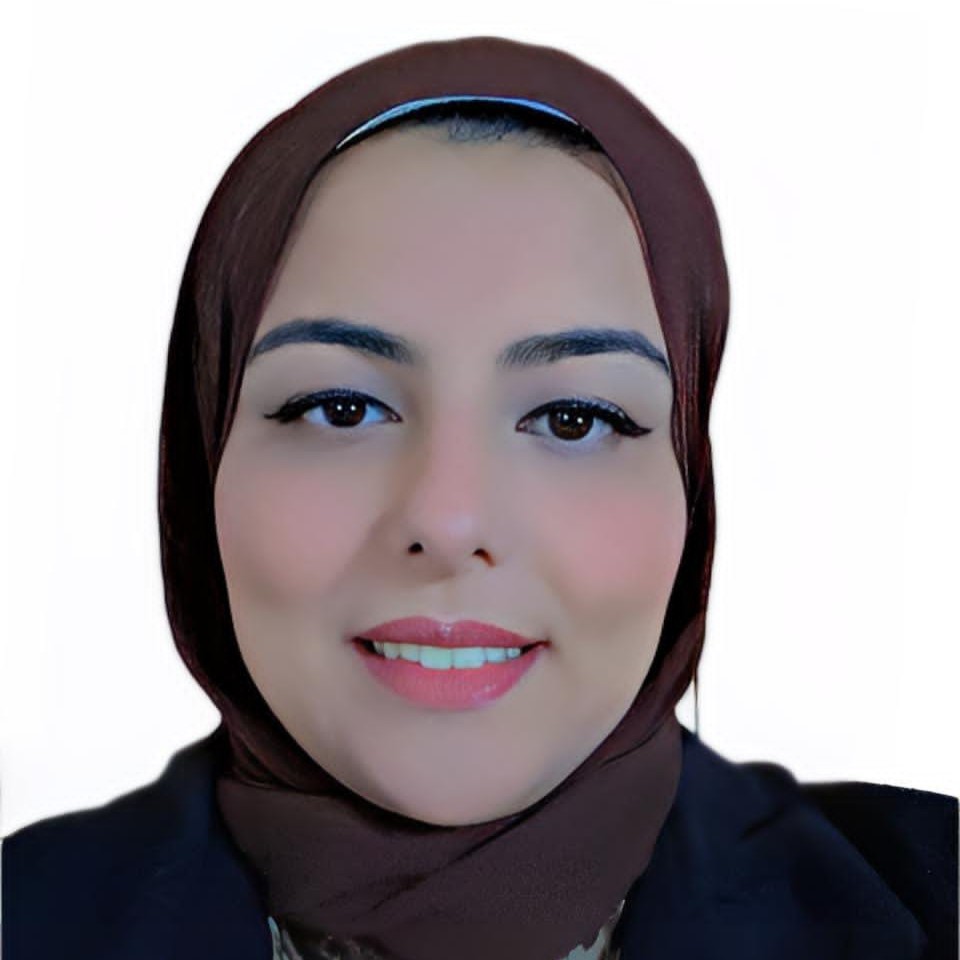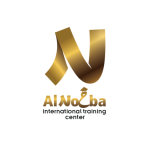Health Promotion Medical Education Part 2

About Course
Course Curriculum
Health Promotion For Asthma Patients
-
Health Promotion For Asthma Patients 1 – Asthma is prevalent chronic airway disease
14:08 -
Quiz
-
Health Promotion For Asthma Patients 2 – successful adherence promotion intervention
18:21 -
Quiz
-
Health Promotion For Asthma Patients 3 – Adult adherence
19:00 -
Health Promotion For Asthma Patients 4 – Individual , family and community Dominos
15:36 -
Quiz
-
Health Promotion For Asthma Patients 5 – Model of clinician patient partnership in asthma.
15:13 -
Health Promotion For Asthma Patients 6 – Technology tools available for Patient Education and Asthma Self-Management
15:49 -
Quiz
-
Health Promotion For Asthma Patients 7 – For COPD Patients
16:34 -
Quiz
-
Health Promotion For Asthma Patients 8 – Simplifying Medication Regimens
14:28 -
Health Promotion For Asthma Patients 9 – Smartphone
18:13 -
Quiz
High Blood Pressure Basics
-
High Blood Pressure Basics
01:32
Cardiovascular Disease Overview for all
-
Cardiovascular Disease Overview for all
13:31
Health Promotion For CVD Patients
-
Health Promotion For CVD Patients 1 – Adherence is key to therapeutic success
15:58 -
Quiz
-
Health Promotion For CVD Patients 2 – Theories
14:16 -
Quiz
-
Health Promotion For CVD Patients 3 – telemonitoring.
15:03 -
Health Promotion For CVD Patients 4 – The Need for Continued Patient Education
14:16 -
Quiz
-
Health Promotion For CVD Patients 5 – Health promotion programs for self-care health behaviors are necessary
15:42 -
Quiz
-
Pharmacists play a vital role in improving blood pressure management
02:03 -
Health Promotion For CVD Patients 6 – Barriers
14:03 -
Quiz
-
Health Promotion For CVD Patients 7
16:50 -
Quiz
Health Promotion For Diabetic Patients
-
Health Promotion For Diabetic Patients 1 – Management of the follow up and treatment in people with diabetes.
15:34 -
Quiz
-
Health Promotion For Diabetic Patients 2 – Motivational interviewing in diabetes care: because the word still matters
15:21 -
Quiz
-
Health Promotion For Diabetic Patients 3 – Counselling and educating patients with DM
17:12 -
Health Promotion For Diabetic Patients 4 – Role of nurse
18:19 -
Quiz
-
Health Promotion For Diabetic Patients 5 – Diabetic Counseling And Education
15:20 -
Health Promotion For Diabetic Patients 6 – Nutritional counseling
19:12 -
Health Promotion For Diabetic Patients 7 – Diabetic Foot Health Training Program
20:43 -
Health Promotion For Diabetic Patients 8 – Advantages and Challenges of Telemedicine in Diabetes Care
14:02 -
Quiz
-
Health Promotion For Diabetic Patients 9 – Pender’s health promotion model (HPM)
16:29 -
Health Promotion For Diabetic Patients 10 – The risk of severe hypoglycaemia increases with having impaired awareness of hypoglycaemia
11:47 -
Quiz
Post Test & Activity Evaluation
-
Post Test
-
Activity Evaluation
-
How to Download Course Completion Certificate
01:24
Student Ratings & Reviews

Welcome Message
Alnokhba international training center warmly welcomes you to join us “Health promotion medical education course Part 2″
Health promotion education must adapt new contents and methods faster than ever. Health professionals face barriers in carrying out effective health promotion and disease prevention To indicate what are the needs for curriculum development in educational programmes, we will dicsuss our Course in 3 parts:
- first part will discuss general overview about Health promotion education , role of counseling in health prmotion , Research Methods In Health Promotion and oral health education and promotion
- 2nd part will discuss more topics in health education and promotion like : Asthma Patients , CVD , DM .
- 3rd part will talk about women health , Smoking cessation , nutritional counselling , and physical activity in relation to mental health.
Course Overview
In training stations that last 7 hours , Health promotion strategies for patients with or at risk of cardiovascular diseases , factors influencing hypertension and its control. the use of telehealth services
Training needs
- Lack of training on tailored and targeted adherence assessment and personalized asthma adherence management.
- Lack of adherence mechanism in asthma and COPD, including strategies to reduce non-adherence.
- Lack of Training on how to effectively combine lifestyle interventions with prescribed medications for optimal CVD management.
- Misunderstanding about role of pharmacists in health promotion.
- Lack of stpes of the growing global diabetes burden and reducing health disparities.
Smart Goals
- Focuses on adherence assessment and personalized asthma adherence management, considering patient preferences, needs, and asthma control.
- Focus on tailoring asthma management to individual patient needs and preferences.
- Highlight the crucial role of healthcare professionals, including pharmacists, in educating, counseling, and supporting asthma patients.
- Discuss the use of technology, such as mobile applications and electronic devices, to aid in asthma management and improve patient outcomes.
- Focuses on the role of self-management education based on the Health Promotion Model in improving compliance behavior among hypertensive patients.
- Addresses socioeconomic status and its impact on cardiovascular outcomes.
- Discuss the role of Pharmacists in patient education and healt promotion.
- Explore key practical challenges and propose solutions for each.
Outcomes
- Learn the role of patient counseling in improving health knowledge and medication adherence in asthma.
- Provides examples of technology tools for asthma management and discusses the role of pharmacists in asthma care.
- Highlights the disparity in diabetes management between developed and resource-poor settings.
- Improve knowledge of global health disparities and contributing to solutions.
- Utilize the network of clinics and previously trained staff to create and educate foot care teams and establish foot care services in the clinics.
-
LevelAll Levels
-
Total Enrolled110
-
Duration7 hours 03 minutes
-
Last UpdatedJune 13, 2025
-
CertificateCertificate of completion
A course by
Team
Instructor:

Dr.Shimaa Anis

Dr. Menna Alnagdi
Voice Over :

Walid Naga
Instructional Designer:

Dr.Mohamoud Samy
Scientific Committe:

Dr.Bassant Ali

